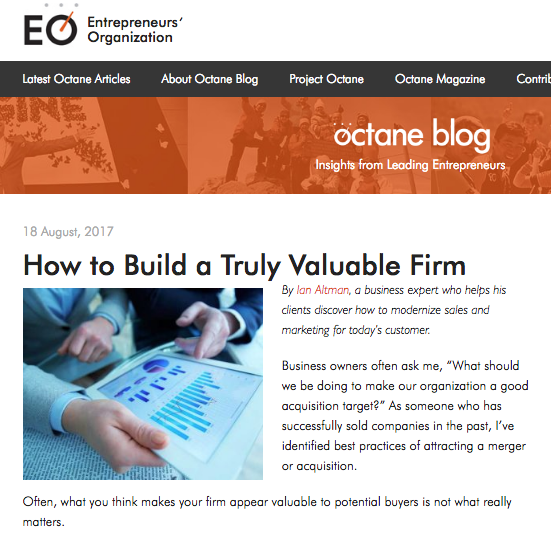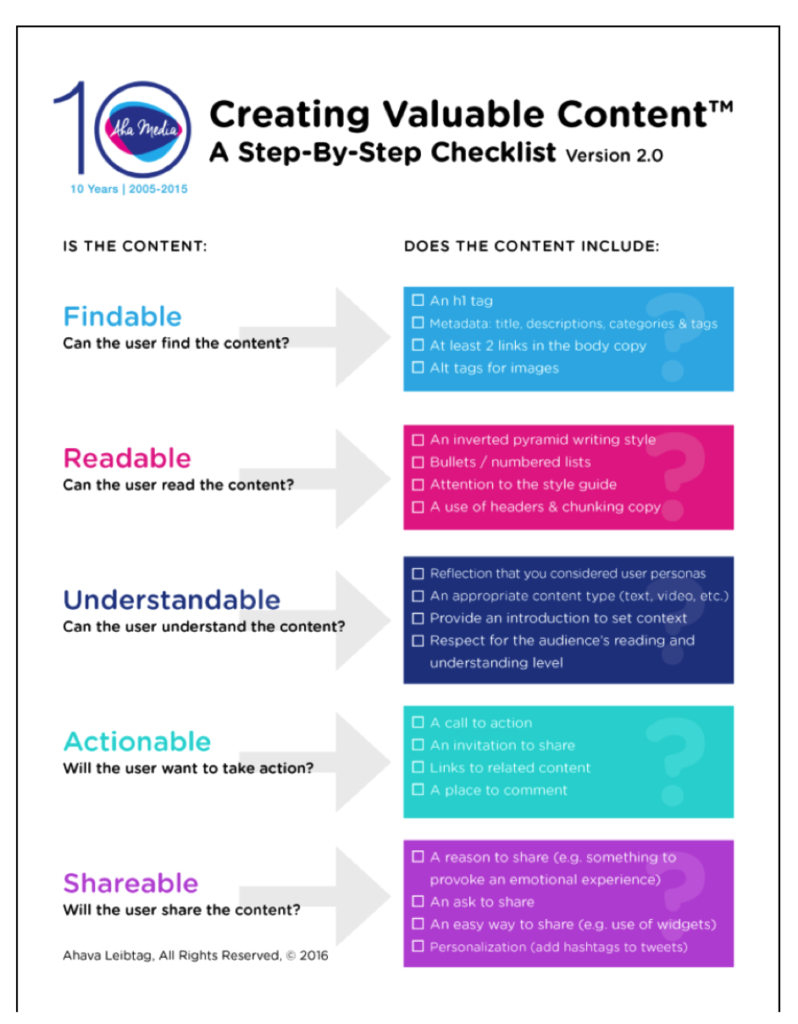
By Kevin Nelson
Simply maintaining a website will not guarantee visitors. If you want to use your website to attract leads and nurture them into clients, then you must develop a content strategy.
So, how do you create a strategy for your content? First, identify your goals. Are you hoping to educate your audience? Or present your company as an authority in your field? Or perhaps you wish to promote the quality of services. The goals will depend on you. The tone and message of your content should support these goals. No matter the goals that you choose, however, you must to employ different types of content. This way, you’ll attract a wider range of readers, keep their attention longer, and keep them returning for more!
Below, we’ve listed the top five types of content to boost engagement on your website.
1. How-to articles
Do you know that “how-to” headlines have better open rates than any other type of headline? People want to learn. They want to get “insider” tips, and they will open an article that has a promising headline.
How-to articles perfectly serve the educational goal, but they will also describe goods and services. You can use these articles to explain the advantages of working with you as well.
Consider how-to articles a kind of tutorial that are written in a less complicated and more vivid language.
Everyone has asked “how to” do something at some point. Of course, you must know what your potential customers want to know. For instance, Hubspot knows that start-up entrepreneurs are their main audience. So, the company uses how-to articles to share business and marketing expertise. Their How to Start a Business article is a great example. Below is another example from the EO Octane blog. 
2. Infographics
People respond differently to images than text. And today’s busy readers may not have time to read long articles. So experiment with infographics, a type of visual content that tells a story. They are the perfect combination of “information” and “graphics.”
They are far more informative than a picture, but you do not need to use too many words to explain your idea. Moreover, W. Howard Levie and Richard Lentz insist that people follow instructions that contain both texts and images 323% better than people who only read text. So if you want to show how to use your product, for example, add images.
One of the popular marketing platforms, Kissmetrics, uses infographics as one of its main content types. In this blog section, you will find a variety of topics presented in a visual way—from Instagram by the Numbers to the Evolution of Web Design.
3. Case study
Case studies are essential to prove your professionalism and present high-quality work. This type of content is perfect for everyone who works with clients and offers a variety of services. Case studies make it simpler to showcase the advantages of working with you and demonstrate the benefits that a client will receive. Additionally, they offer the opportunity to include reviews and testimonials from your satisfied clients.
If you have no case studies to share with your audience, consider analyzing the work of other companies to demonstrate your thinking and approach. Check out this case study about Apple rebranding, published on Business Insider.
 4. Checklists
4. Checklists
Lists offer a succinct format for offering tips and observations—and people love them! Give instructions or guidelines in a list format. You can even offer your checklist as a PDF file with the option to put checks, which can improve readers’ enjoyment as they interact with your site.
A great sample is Must-Have Checklist to Creating Valuable Content. It covers a lot of important information in a format that’s easy to read. 
5. Videos
According to MWP Digital Media, 52% of Internet users watch videos every day. Moreover, a video on a landing page increases conversion rates by 80%!
Once you’ve chosen to use videos in your content marketing strategy, figure out which kind of video will support your goals. For example, explanatory videos? Promotional videos? Interviews? Or even short animations?
Hubspot uses videos not only to educate the readers, but also to tell about their mission, values and intentions.
As you start using different types of content on your website, be sure to analyze what’s working best. Check the performance of each post to track the behavior and preferences of your visitors. The best tools for post and website analysis are Google Analytics and Hotjar. Connect to these tools for free, and you’ll get the full access to all services.
Kevin Nelson is a professional educator and writer. He contributes to various blogs about higher education, entertainment, social media and blogging, including Eliteessaywriters.com. Connect with him on Twitter, Linkedin and Google+.
Categories: FINANCES general PR/MARKETING
